Children’s laughter, a symphony of joy, fills the air as they joyfully construct sandcastles at the beach, fully aware that the tide will soon reclaim their creations. This is the magic of ephemerality in play and art– fleeting moments that hold profound learning experiences for our little ones. In a world that often values the permanent and the tangible, the ephemeral nature of play is a treasure to be cherished. This blog post delves into the concept of ephemerality in children’s play, its significance, and how it nurtures growth and creativity.
One of the beautiful parts of being an early childhood educator is observing and being inspired by children’s creativity. Sophie, with her unique artistic vision, was always captivated by the concept of ephemerality. Her art was a testament to this, as she would spend hours crafting intricate sand sculptures in the sandbox, only to wash them away with water. In the winter, she would experiment with ice sculptures, observing as they gradually dissolved into nothingness. Sophie’s art was a living example of the beauty and transience of ephemerality.
I was captivated as Sophie meticulously arranged vibrant petals into elaborate designs, crafting stunning mandalas. To some, this might have seemed like a futile pursuit – why invest so much time and effort into something that would only endure for a fleeting moment? Yet, for Sophie, there was a certain liberation in it all. The transience of her creations compelled her to fully immerse herself in each moment and savor its unique beauty. It must have been so freeing to be engrossed in the creative process without the pressure of completing a project.
Reflecting on Sophie’s unwavering commitment to creating ephemeral art, I am drawn to the profound nature of this creative process. There is a unique power in art being temporary.
Ephemeral art, also known as temporary art or impermanent art, is a form of artistic expression meant to exist only for a short period or the moment of creation. This could include artworks created using materials that naturally decay over time, such as sand sculptures on beaches or ice sculptures in winter. The beauty of ephemeral art lies in its fleeting nature – it compels both creators and viewers to fully immerse themselves in the present moment, knowing that the artwork will soon disappear.
The symbolism of something disappearing in the blink of an eye is both a celebration and liberation of the artist. From pioneering land artists. Who is free to become more closely friends with the materials. Working with the glacial and temporary beauty of ice and sand to singular contemporary pieces never replicated once completed and deconstructed, ephemeral art’s enduring appeal continues to fascinate, inspire, and astonish me.
What is Ephemerality in Art?
Ephemeral comes from the Greek word ephemeros, which literally means living but a day or short-lived. Ephemeral art is a fascinating and unique form of artistic expression that captures the beauty and impermanence of life. It challenges our traditional notions of art as permanent and enduring, inviting us to appreciate the present moment and accept change.
Ephemeral art is often site-specific and created to exist for a short period of time. The term “ephemeral” refers to something transitory or short-lived. Ephemeral art is an experience meant to be enjoyed in the moment; once it has passed, it exists only in memory.
Ephemeral art has a long history, with roots in ancient cultures that created temporary artworks as part of rituals and ceremonies.
One of the most famous examples of ephemeral art is sand mandalas created by Buddhist monks. These intricate designs are meticulously crafted using colored sand and can take weeks to complete. Once finished, they are ceremoniously destroyed to symbolize the impermanence of life. This practice is a powerful reminder to let go of attachment and appreciate the beauty in every moment.
Ephemeral art, which first gained prominence in the 1960s with the Fluxus group, offers an interactive and engaging approach to artistic expression. Fluxus, a collective of interdisciplinary and experimental artists, sought to create artworks outside the traditional gallery and museum structure, imbuing them with more financial worth. Their work broke boundaries between art and everyday life, inviting participants into interactive experiences.
By incorporating a playful and mindflex approach, Fluxus artists used ordinary objects and actions to create art that was observed and experienced. The world of ephemeral art offers a serene and reflective space with its unique perspective on beauty, impermanence, and mindfulness.
We can learn important lessons about living in the present moment and embracing change by appreciating these fleeting masterpieces. Whether you’re an educator seeking innovative teaching methods or a family yearning for meaningful experiences, exploring ephemeral art can enrich your understanding of life’s transient nature and foster a sense of calm and mindfulness. So, next time you encounter a sand sculpture on the beach or a chalk drawing on the sidewalk, take a moment to pause and admire the beauty that exists in these fleeting moments, and let the serenity of ephemeral art wash over you.
The Benefits of Ephemeral Art
Ephemeral art is a response, both conceptually and materially, to our times. Art is representative of the reality we share as humans. Ephemeral art’s temporary nature provides a profound symbolic significance for those who come across it. It confronts our need for permanence and ownership of material things. Ephemeral art gives us the gift of the moment and space. It allows us to let go and absorb a snapshot of a moment to be treasured.
Ephemeral Art and Loose Parts
As I delve deeper into ephemeral art, I see a strong connection with the Theory of Loose Parts. Both ephemeral art and loose parts play use unconventional, unscripted, and unpredictable materials, challenging traditional notions of art and play. They both encourage creativity and exploration, and their temporary nature adds a unique value to each creation.
Ephemeral art and loose parts play may appear as distinct concepts, but their similarities are profound. Both involve working with materials not meant to last – crafting a sand sculpture that the tide will wash away or constructing a fort from cardboard boxes that will eventually be recycled. These experiences foster a sense of creativity and exploration that is hard to replicate with more conventional art forms or toys.
Grasping the concept of impermanence gives each creation a unique value or something that cannot be duplicated or substituted. In a world where permanence and sustainability often take center stage, both ephemeral art and loose parts play serve as a reminder of the beauty found in embracing the temporary.
In a world increasingly shaped by consumer culture, it’s no wonder that many are turning to alternative forms of creativity, such as ephemeral art and loose parts play. These forms of expression starkly contrast with the mass-produced, often stifling products of consumerism. They celebrate impermanence, fostering innovation and exploration.
Ephemeral art, in particular, challenges the idea of art as a final product, instead highlighting the process and the fleeting beauty of transient moments. Conversely, loose parts play encourages individuals to tap into their imagination and resourcefulness, creating something new with open-ended materials. Together, these practices offer a fresh perspective on art and play, underlining the importance of creativity and self-expression in a profit-driven world.
Understanding Ephemerality in Play
For educators, ephemeral art offers a rich avenue for exploring concepts of impermanence, creativity, and the transient nature of life.
Children’s laughter echoes like a sweet symphony as they build sandcastles at the beach, knowing well that the tide will reclaim their creations. This is ephemerality at play – fleeting moments that hold profound learning experiences for young children. In a world that constantly emphasizes the permanent and the tangible, the ephemeral nature of play is undervalued.
Ephemerality describes experiences that are transient and short-lived. In the context of play, it refers to activities that result in outcomes not meant to last. These can range from drawing in the condensation on a window, making daisy chains, and constructing fortresses out of snow.
To adults, such tasks might seem fruitless due to their impermanent nature. However, children immersed in these activities often demonstrate deep engagement and absorption. These fleeting moments of creation and dissolution offer more than immediate pleasure; they serve as vital educational and developmental tools.
How Ephemerality Fosters Creativity and Enhances Imagination
When children engage in ephemeral play, they tap into their creative spirits unconstrained by the desire for permanence. A stick can become a sword, a puddle can transform into a vast ocean, and a pile of leaves can turn into a castle. This boundless use of imagination lays a foundation for innovative thinking and problem-solving skills later in life.
Teaching Resilience and Adaptability
The temporary nature of ephemeral play teaches children to cope with change and loss in a controlled and safe environment. They learn that the beautiful tower they built will fall, and the shapes in the clouds will shift, mirroring the inevitable life changes. In learning to accept and adapt to these small ‘losses,’ children build resilience that prepares them for future challenges.
Encouraging Mindfulness and Presence
In a world where distraction is commonplace, ephemeral play roots children in the present moment. It’s a mindfulness practice that encourages them to savor the here and now. The knowledge that their creations are temporary makes the process even more precious, fostering a sense of joy in the act of creation itself.
Incorporating Ephemerality into The Play Ecosystem
Chalk Art: The beauty of chalk art is its temporary nature. It is a form of ephemeral art. Chalk art allows children’s imaginations to run wild as they transform the sidewalk into a canvas. It allows children to explore impermanence. They know that when the next rain comes, their art will be washed off, and the sidewalk will become a blank slate to start fresh.
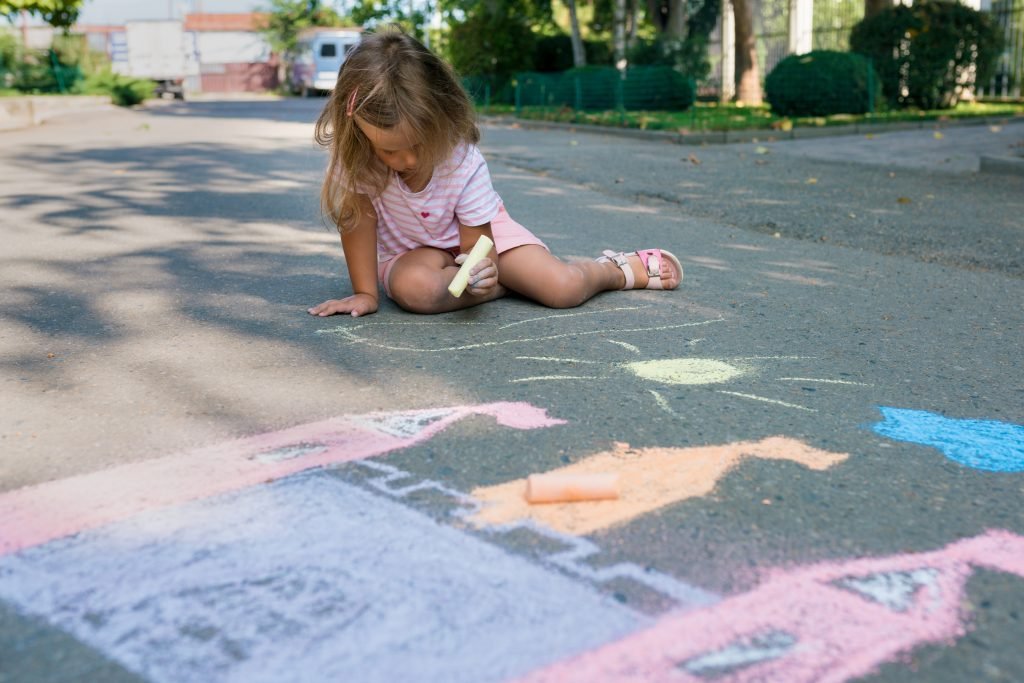
Frame Design: Frames aren’t just meant for holding pictures or paintings; they offer so much more potential than that. In fact, they can be used as a tool to explore and experiment with various design elements, such as line, shape, form, and color. Imagine the possibilities! With the right mix of creativity and play, ephemeral art can be created that exists for only a moment in time. The frame serves as a starting point for visual expression, but where it goes from there is entirely up to the artist’s imagination.

Building Temporary Collages: Creating impermanent collages out of natural materials teaches children about the beauty of ephemeral art and emphasizes the value of play. Children can see life’s unpredictable and fleeting nature reflected in their art, with each piece made from leaves or petals. As they build their collages, they learn to appreciate the colors and textures of the natural world around them. By using temporary materials, children also learn to let go of their attachment to their creations, letting them wither away over time. In a world with so much emphasis on permanence and durability, these collages provide a valuable lesson in the beauty of impermanence and the importance of enjoying the moment.
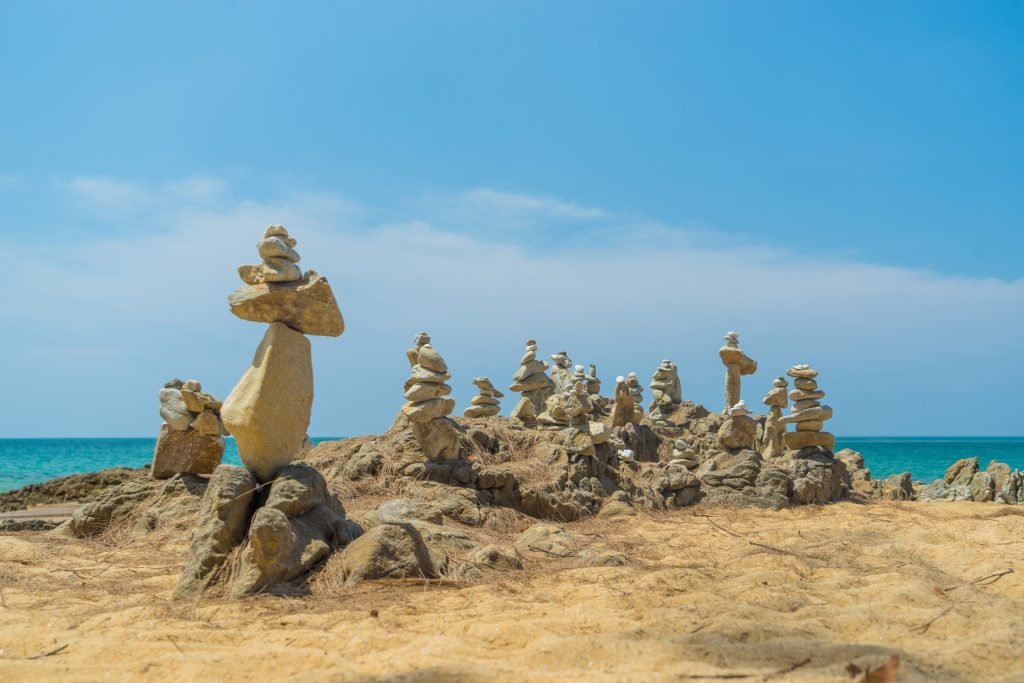
Sand Play: Sand play is a classic childhood experience that never seems to lose its magic. There’s something incredibly satisfying about creating structures out of sand, only to watch them gradually dissolve as the wind or waves pass through. Whether at a crowded beach or a solitary sandbox, building with sand offers a unique type of play that encourages creativity and imagination. Sand play is also a form of “ephemeral art” – temporary creations that are meant to be enjoyed in the moment and then allowed to disintegrate back into the natural environment.
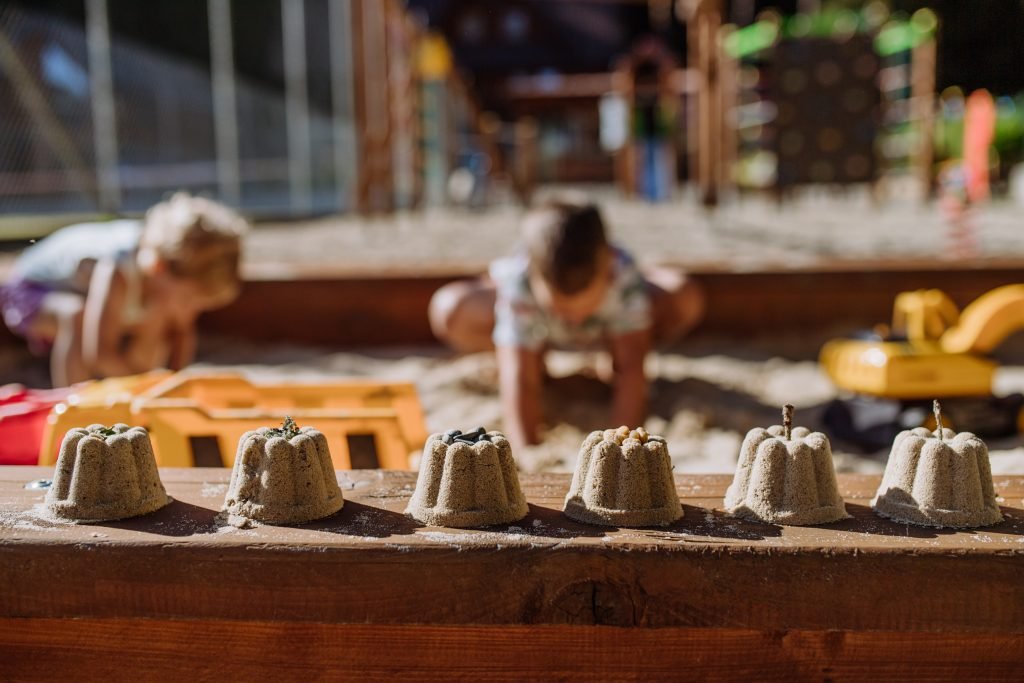
Water Painting: Water painting on a sunny pavement is the perfect way to incorporate art and play into the day. Combining the sun’s warmth with the cool water brings an ephemeral quality to artistic expression. When children immerse themselves in painting with water, it’s almost as if they use an “invisible ink” to bring the artwork to life. And as the sun dries your masterpiece, you watch it slowly fade away, creating a newfound appreciation for the beauty of impermanence.
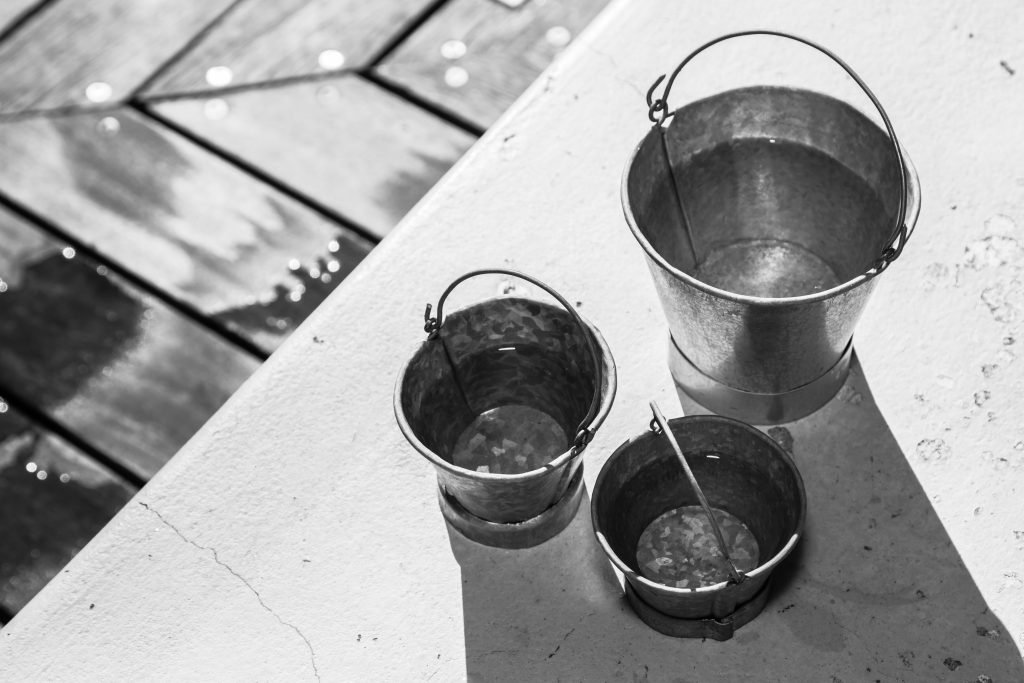
Dramatic Play: When children engage in dramatic play, they are transported to the world of their imagination, if only briefly. In those moments, they assume a temporary role and become fully immersed in their character. It’s almost as if they are creating ephemeral art, something beautiful and magical that only lasts for a short time.
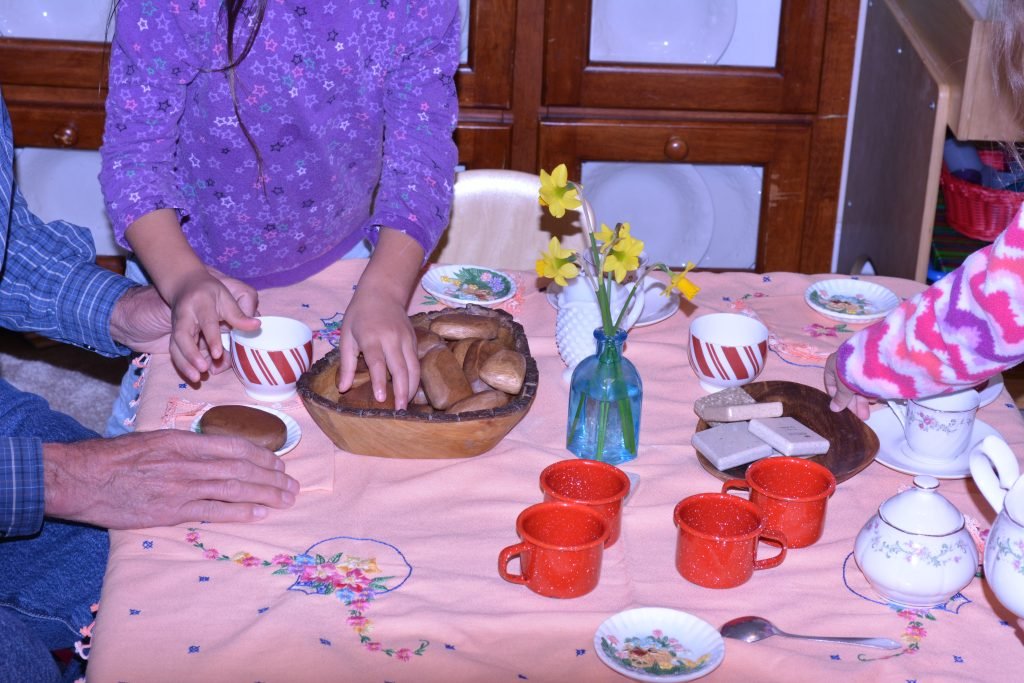
Land Art: A form of ephemeral art that takes creativity to a new level. It’s a unique way of looking at the world around us, using natural materials to create something beautiful and fleeting. This type of art allows children to be completely present, let go of preconceived notions about what a work of art should be, and simply play and connect with the surrounding environment. It’s an exciting and liberating way to express oneself while leaving a minimal environmental impact. Land art truly embraces the beauty of impermanence.
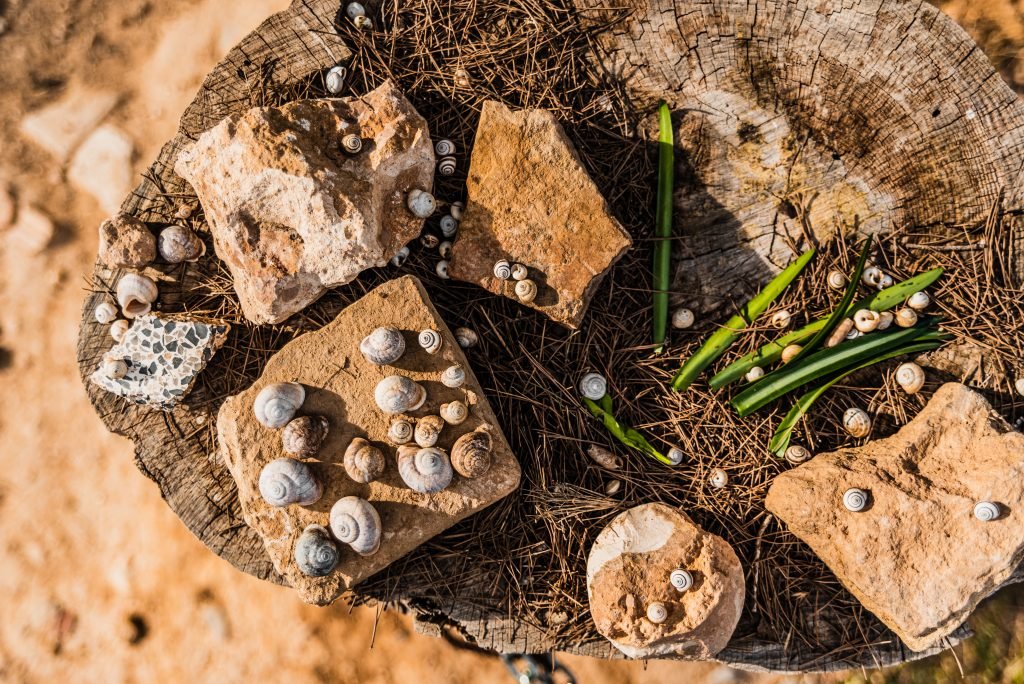
The Role of Adults in Supporting Ephemeral Play
Educators are essential in nurturing children’s understanding of this idea and encouraging them to engage in ephemeral play. By participating in these playful explorations with children, adults also benefit from reconnecting with their sense of wonder and spontaneity, which can often fade with age. Ephemerality reminds us that life is not infinite and that treasuring every moment is essential for a fulfilled and happy life.
The ephemerality in children’s play is a poetic reminder of life’s impermanent nature. It teaches valuable lessons in creativity, resilience, and living in the moment. By encouraging children to engage in transient play, we allow them to weave rich tapestries of imagination and emotion, which they will carry long after their play’s physical evidence has faded.
As parents, caregivers, and educators, it’s essential to recognize and emphasize the worth of ephemeral experiences. After all, the skills and memories garnered from these fleeting moments are arguably some of the most enduring gifts we can offer the next generation.
Your Turn!
